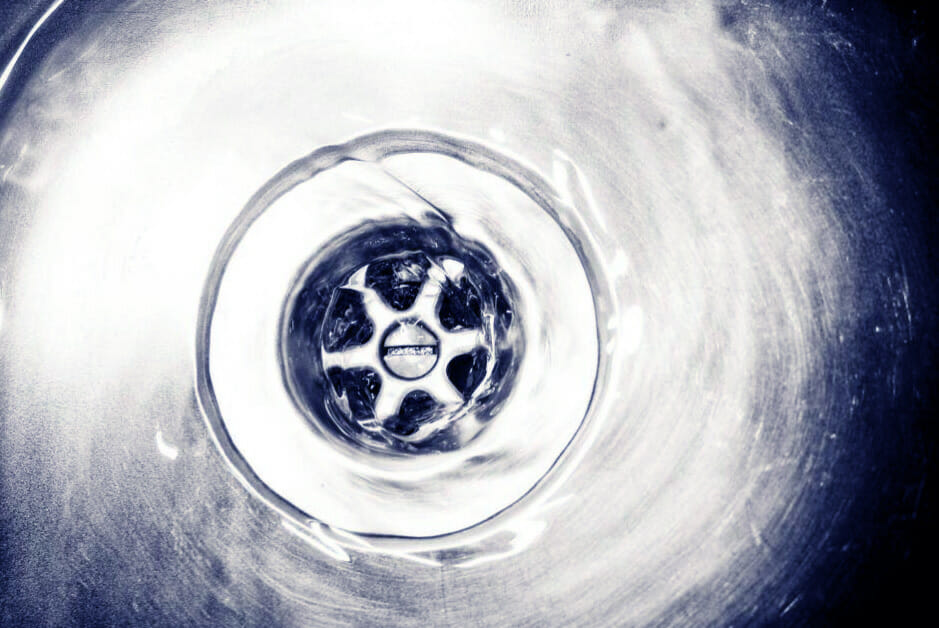Many people experience clogs in their drains; this causes sinks to fill with dirty water, and it can be difficult to remove those blockages to drain that water away. Removing a clog manually requires a little time and effort, and many companies have developed chemical cleaning products to meet this need. But, these harsh chemical cleaners are not as effective as they appear, and they can damage plumbing pipes. In this article, we will take a closer look at chemical drain cleaners and show how to clear a drain clog manually.
The Ingredients in Chemical Drain Cleaning Products
Most of the chemical drain cleaners on the market today contain sodium hydroxide, which is also known as sulfuric acid, lye, or caustic soda. This chemical is very corrosive, and it can easily damage metals and organic materials alike. This is why these products have a warning on the side to avoid direct contact with skin.
These chemicals are used to provide a base that allows electrons to add to the clog and create a chemical reaction to break the material apart. These chemicals are alkaline, they release a significant amount of heat, and this dissolves grease and other materials in the drain clog. A chemical drain cleaning fluid is heavier than water, so it can be introduced into a blocked drain even through standing water.
Some other cleaning products use nitrates, peroxide, or bleach, and they oxidize the clog causing it to weaken as it loses electrons.
The Dangers of Using Chemical Drain Cleaners
The chemical cleaning reaction releases heat, which is dangerous because it can melt modern UPVC plumbing pipes and fixtures. In fact, these chemicals are so harsh they can even melt older and softer metal plumbing pipes. It’s also important to understand that gloves must be worn because chemical cleaners can cause chemical burns. Inhaling fumes from these products can cause lung damage, and using them is hazardous.
The Formation of Drain Clogs
When a homeowner relies on chemical cleaners, they may notice that the clog returns later. Using these cleaning products allows the homeowner to avoid the underlying issues that create the clog in the first place. This could be a simple lack of awareness regarding the disposal of materials in the drain, or it could be a serious plumbing problem. A drain clog could be caused by a broken pipe, a deep and persistent clog, or a backed up sewer line.
Manually Clearing a Drain Clog
A simple way to clear a drain clog without using harsh chemicals is to use vinegar and baking soda. Pour some boiling water into the drain to soften the clog, pour in half a cup of baking soda, then add half a cup of vinegar, leave it overnight and flush it with cold water the next day. This will clear most clogs, but if the clog is persistent, you can attempt to clear the clog with a cup plunger and some gentle pushing. As a last resort, a plumbing augur can be inserted into the drain, push up against the clog, and crank the augur to tear the clog apart.
If these simple methods don’t work, it’s time to contact a
local professional plumber to discover the cause of the problem and remove the drain clog.
By Giovanni Longo President Flood Brothers Plumbing
Giovanni Longo is a 3rd generation master plumber who has been practicing his craft and trade in the greater Los Angeles area for well over a decade and a half. A plumbing and hydraulics-engineering innovator, Giovanni’s particular world-class expertise focuses on dealing with challenging sewer system designs as well as resolving complex commercial and residential draining issues. As a certified Flood Mitigation expert, he is also well versed in a wide variety of water damage and remediation solution.





